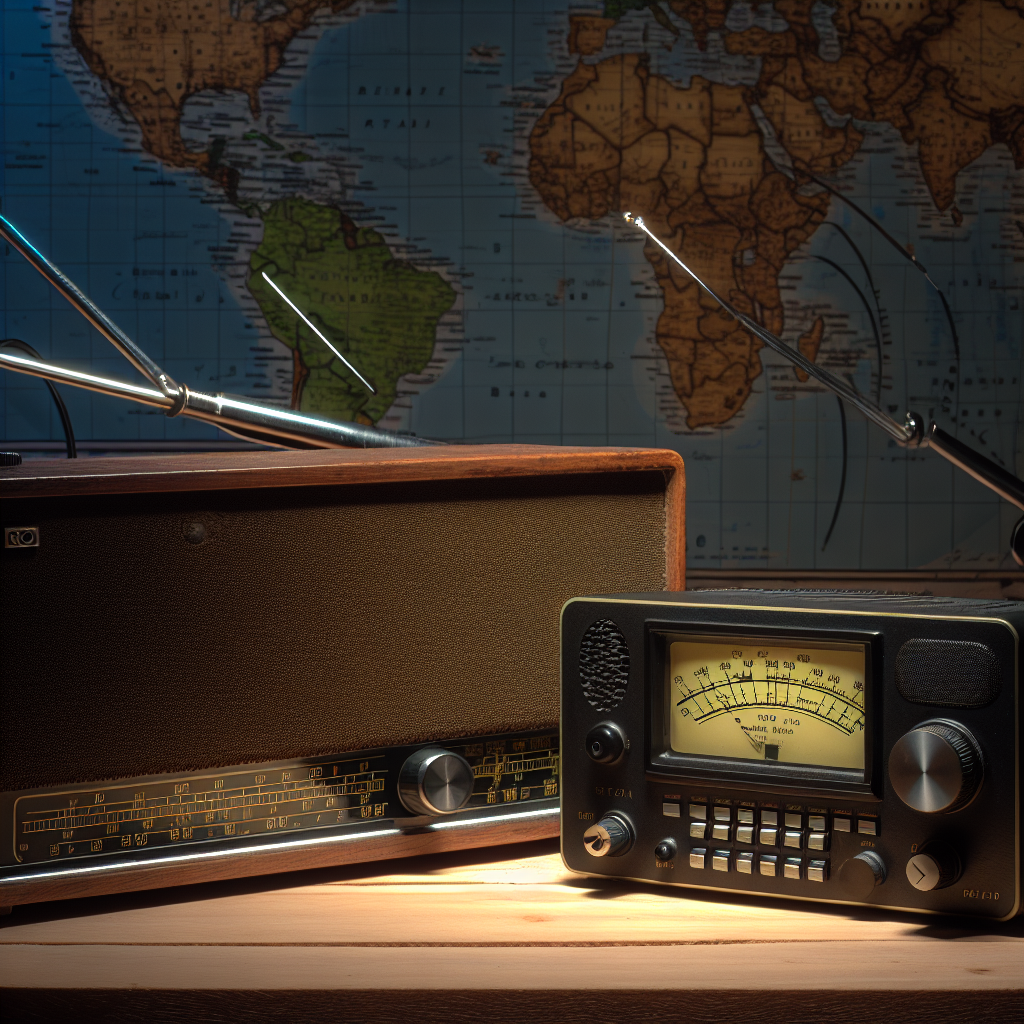In the expansive realm of radio communication, shortwave and HF radio stand out for their unique ability to transcend global boundaries. These radio frequency bands allow enthusiasts worldwide to engage in activities ranging from amateur radio operations to international news broadcasting. This article delves into the intricacies of the radio spectrum and explores how these bands continue to be vital in modern communications.
Understanding Shortwave and HF Radio Bands
Shortwave and high frequency (HF) radio encompasses frequencies from 3 to 30 MHz and provides unique communication capabilities. These bands are extensively used for AM broadcast, international news radio, and amateur radio operations. The propagation characteristics of these frequencies allow signals to travel great distances, often beyond national borders, making them ideal for global radio broadcasts. Users can experience the thrill of shortwave listening, utilizing portable shortwave radios such as the Grundig, Tecsun PL-880, or vintage models. A key appeal lies in DXing—catching distant stations—supported by effective antenna tuning for optimal signal reception, reflecting a rich history and ongoing relevance in modern communication.
The Art and Science of Radio Propagation
Radio waves, especially in the shortwave and HF spectrum, rely heavily on the phenomenon of radio propagation for their transmission over vast distances. **Skywave propagation** is a fundamental concept where radio waves reflect off the ionosphere, allowing them to travel beyond the horizon. Factors such as **ionospheric conditions** and **solar activity** significantly influence this process. During the day, the ionosphere is more ionized, which enhances shortwave signals, while at night, lower ionization can lead to longer-range communication. Variations in **solar flares** can also affect signal strength, causing intermittent reception conditions. Understanding these dynamics is crucial for effective use in ham and portable shortwave radios for **global broadcasts** and **emergency communications**.
Popular Equipment in Shortwave Listening
Shortwave listening enthusiasts often choose equipment that suits their unique needs, with portable shortwave radios being especially popular for their versatility. The **Tecsun PL-880** and **Sony ICF-SW7600** are among the top choices, known for their excellent sensitivity and selectivity. The **Tecsun PL-880** offers a blend of analog and digital features, while the **Sony ICF-SW7600** is favored for its sturdy build and reliable performance.
When considering receivers, the distinction between analog shortwave radios and digital shortwave receivers becomes essential. Analog receivers provide a hands-on experience, appealing to purists, while digital shortwave receivers grant enhanced frequency stability and automatic tuning. Both types have their enthusiasts, contributing to the rich tapestry of shortwave listening. With the right equipment, hobbyists can dive into the fascinating world of international broadcasts, emergency communications, and DXing, greatly enriching their radio experiences.
Ham Radio: A Global Communication Gateway
Amateur radio, or ham radio, plays a crucial role in the global communication landscape, serving as a bridge between enthusiasts and communities. One of its most significant advantages is emergency communication; when conventional systems falter during disasters, ham radio operators step in to provide vital contact points. Furthermore, amateur radio fosters educational growth in electronics, empowering individuals to understand radio frequency bands and antenna tuning. Additionally, it creates international friendships, allowing operators to engage with fellow enthusiasts across the globe. With opportunities for DXing and shortwave listening, ham radio remains a vibrant and engaging pastime that enriches lives and connects communities.
Survival and Preparedness with Shortwave Radios
Shortwave radios play a critical role in disaster preparedness and rural communication, offering a reliable method for exchanging information when conventional systems fail. During emergencies, such as natural disasters, local communications often become incapacitated. Shortwave radios maintain connectivity with emergency services, global news, and community updates, making them invaluable for survival.
Portable options like the Tecsun PL-880, Sony ICF-SW7600, and vintage Grundig radios enable users to tune into international news broadcasts, ensuring access to vital information. Furthermore, proficient antenna tuning enhances signal reception, allowing enthusiasts to engage in DXing, which becomes crucial in isolated regions. Thus, shortwave radios are indispensable for emergency communication and maintaining connections in rural areas.
Summary of Key Points
In a rapidly evolving technological landscape, shortwave and HF radio remain crucial for global communication. Despite the emergence of new digital technologies, these time-tested radio waves continue to captivate hobbyists and serve practical purposes in education, disaster preparedness, and more.

Leave a Reply
You must be logged in to post a comment.